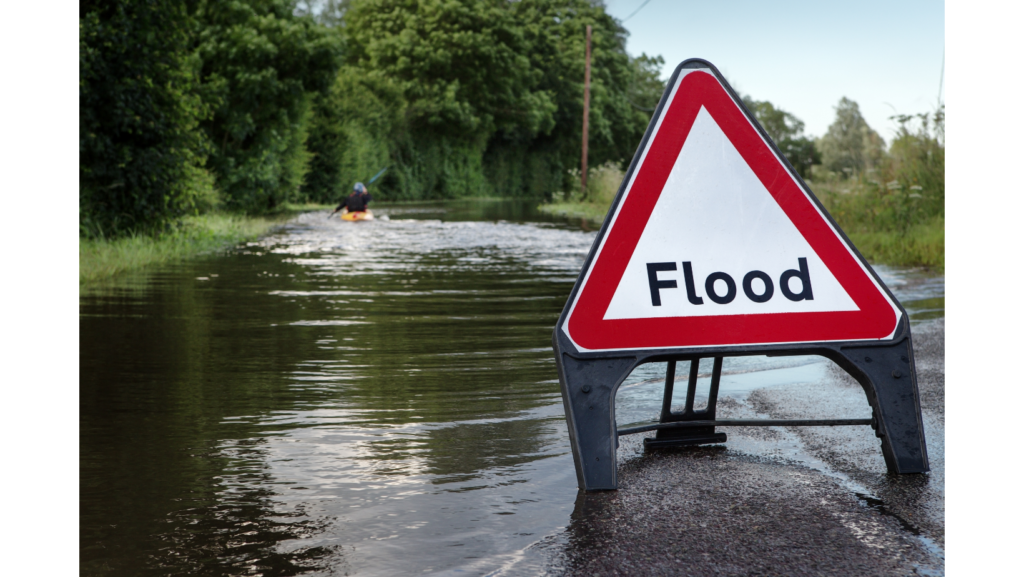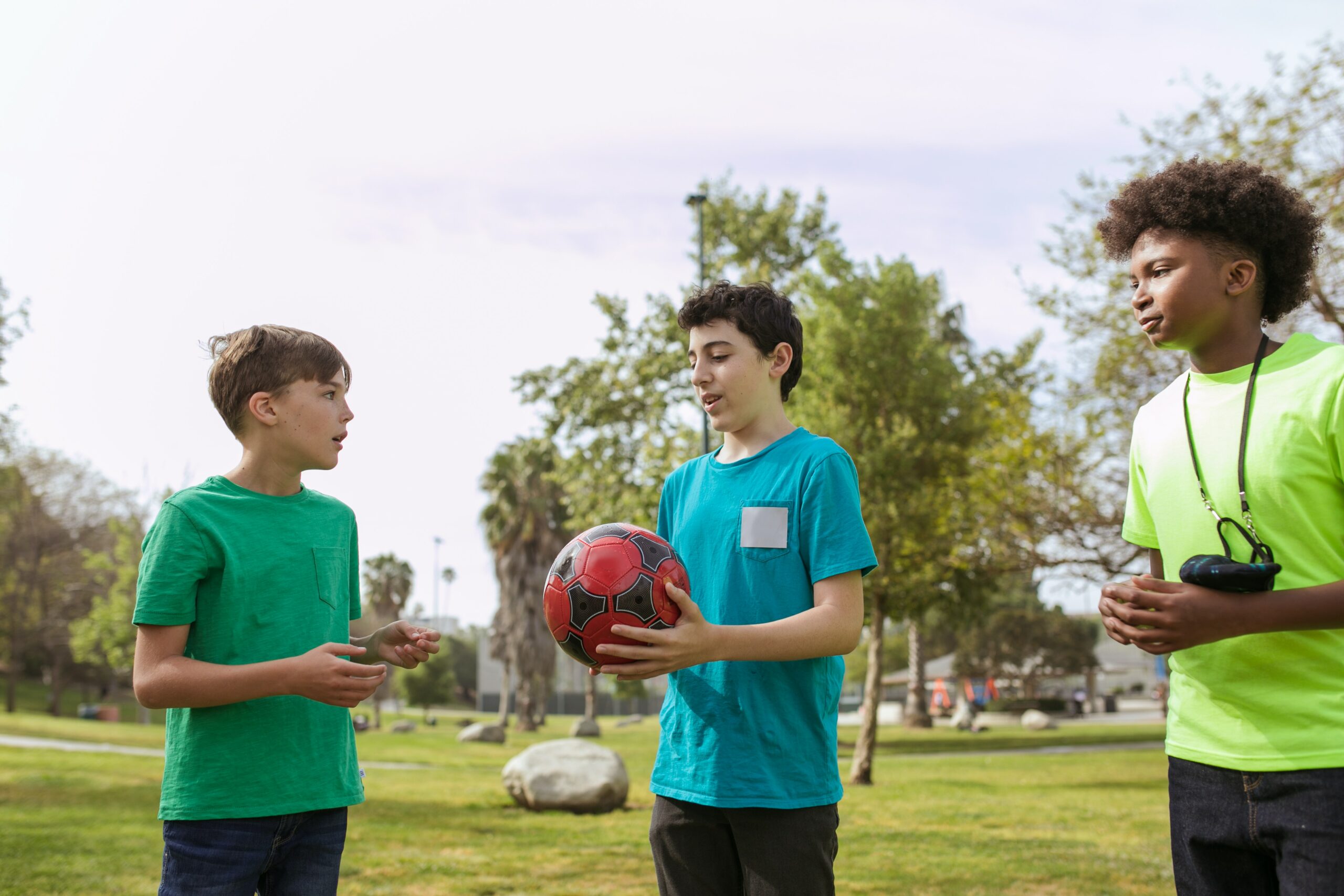Complete Guide to Flood Preparedness: Heavy rains can have both a positive and a negative impact on communities. They can bring relief from prolonged drought, but floods are also the costliest natural disaster in Australia. In any region that’s prone to flooding, proper flood preparation is a must.
Read on to learn how to prepare for floods – both at home and in the workplace – and key things to remember when creating a flood safety action plan.
Floods And Preparing For An Emergency
Floods can be severe disasters and in recent years have been surprisingly common in Australia. They occur due to a number of factors, including intense rainfall, rising levels of rivers, and tidal surges. A watercourse’s incapacity to handle excess water can also result in flooding emergencies.
Australia is known as the driest inhabited continent in the world. Nevertheless, significant flooding still occurs in some parts of the country almost every year – particularly in the Northern tropical regions.
The most costly flood that resulted in deaths and extensive property damage was the 2010-11 summer incident in Ipswich and Brisbane. There were 35 fatalities and A$6.64 billion worth of damages, leaving about 20,0000 people homeless.
Flood preparedness is the best way to avoid these situations. Ensure that everyone knows the hazards they may face during and after a flooding event.
Flood Preparedness Safety Tips
Create A Flood Action Plan
The first step you should take to prepare for a flood is to create an action plan for you and your family. A flood action plan should involve putting obtaining a well-stocked emergency kit, have readily available contact numbers, keep a copy of essential documents in a waterproof format, and outline preparations for both the flood itself, and the period afterward.
A flood action plan aims to protect everyone from personal injury, prevent business damages, and lessen downtime.
Preparing An Emergency Kit
 A flood emergency kit should contain enough supplies to accommodate everyone in case of an injury. Be sure to include food and water, a communication device, a first aid kit, spare clothes, flashlights, batteries, medications, and maps.
A flood emergency kit should contain enough supplies to accommodate everyone in case of an injury. Be sure to include food and water, a communication device, a first aid kit, spare clothes, flashlights, batteries, medications, and maps.
Stock Up On Sandbags
The use of sandbags is an excellent way to prevent damages from floodwaters. Stack it in every house entrance or building to divert the water around the property rather than through it.
 Buy sandbags in hardware stores and check if they also offer anti-flooding equipment. In a sudden emergency, make own sandbags by filling heavy-duty plastics and pillowcases with sand. Use soil available in the backyard for last-minute situations.
Buy sandbags in hardware stores and check if they also offer anti-flooding equipment. In a sudden emergency, make own sandbags by filling heavy-duty plastics and pillowcases with sand. Use soil available in the backyard for last-minute situations.
Electrical And Gas Safety
One of the biggest dangers in flooding scenarios is electrical safety.
Water is a good conductor of electricity, which means if the current from wires or power sources enters floodwater, it creates a risk of electric shock. To prevent such accidents, disconnect all appliances and electrical goods when flooding is imminent. Turn off the electricity at the main breaker or fuse only if it is safe.
If unable to switch off electrical sources before flooding begins, be aware of the risks and take necessary precautions. Turn off the gas and propane, avoid power outlets, and keep away from electric boxes.
Understand Flood Warnings
Watches and warning are two announcement types we hear before a flood occur.
- A flood watch occurs when the conditions are favourable for specific hazardous weather expected to land within two days.
- A flood warning is issued when the flooding is imminent or already happening.
Both flood advisories are issued by the Bureau of Meteorology (BoM) Australia.
Learn The Evacuation Procedures
Upon receiving instructions from local authorities, evacuate the area or building as soon as possible. Follow the emergency action plan or the barricades set up by the responders to guide the traffic out of the safe exits safely.
Avoid driving around barricades, even if the road seems to be safe.
Remember The “6 Ps”
Follow the 6P during a flood evacuation – People, pets, papers (electronic or physical copies), personal needs, and priceless items.
First Aid Is A Huge Part Of Flood Preparedness
In addition to the safety tips above, one key factor in ensuring flood preparedness is learning first aid.
First Aid Training is beneficial as professional trainers share their knowledge on procedures to follow in an emergency. These include bushfires, earthquakes, storm surges, or floods. Professional first aid instructors have qualifications and years of experience in managing and responding to emergencies.
First Aid Courses Darwin delivers quality first aid training on what to do in a natural disaster or emergency. Participants will go out of the course with life-saving skills and knowledge to help themselves and others in danger.
Enrol in a first aid course today and be emergency ready.








